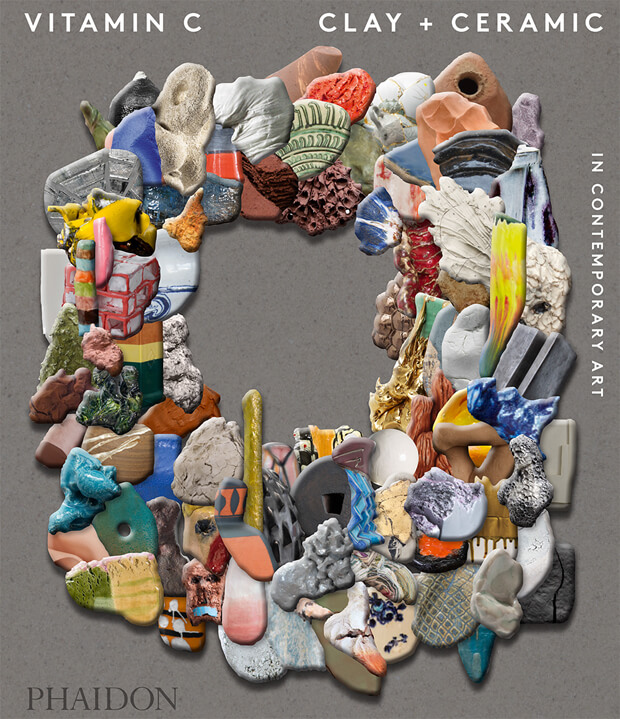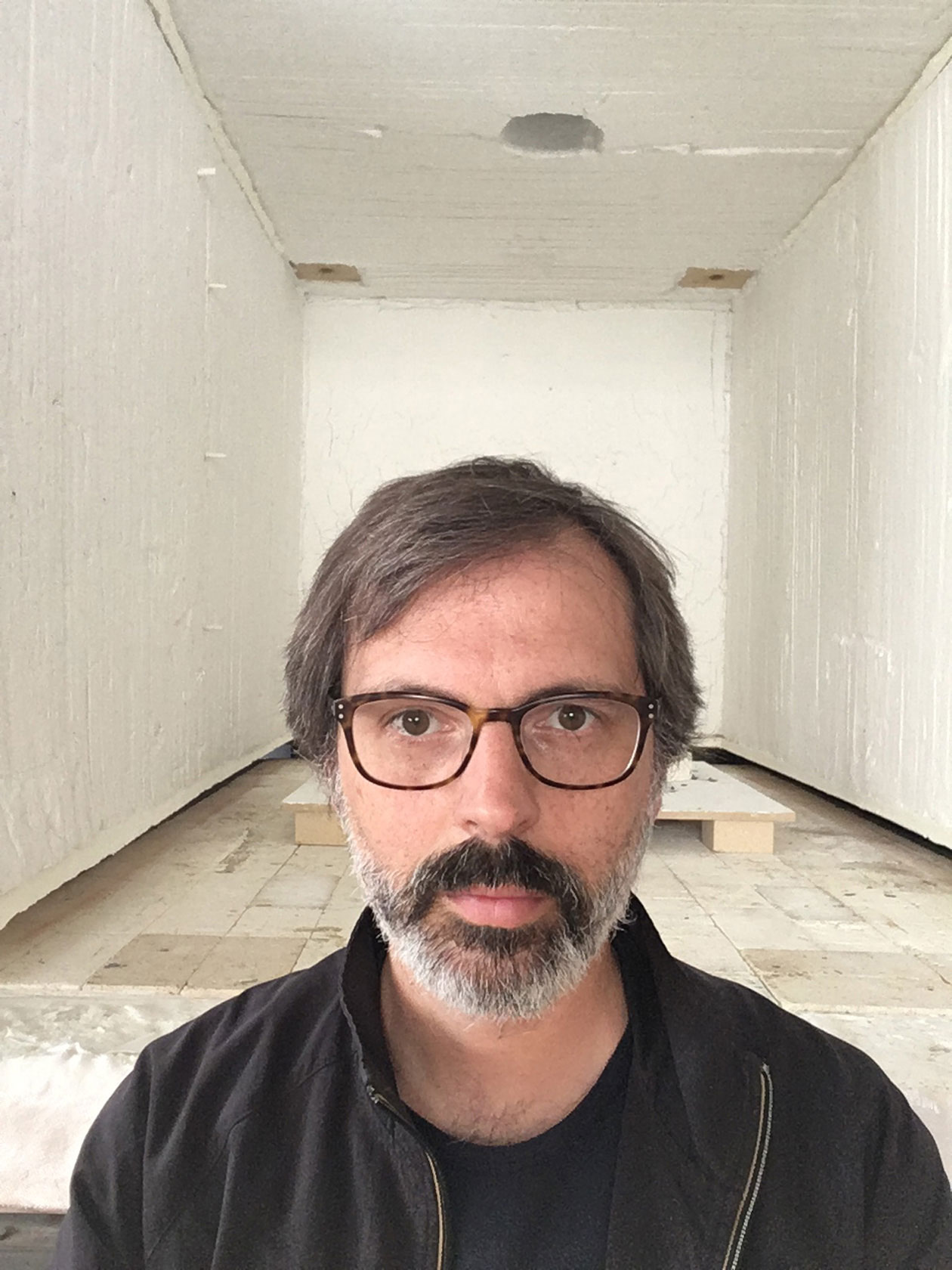
Markus Karstieß - Why I Create
Exploring the inspirations and attitudes of artists working with clay and ceramic, featured in Vitamin C
Düsseldorf artist Markus Karstieß’s discovery of clay dates back to a 2005 encounter with Lucio Fontana’s terracotta relief Il Sole (1952), a four-by-five-metre depiction of the sun housed in a purpose-built pavilion at the Raketenstation Hombroich, a thirteen-hectare cultural property near Düsseldorf. Karstieß took up a residency at the foundation, built on the site of a former NATO missile station, and immediately began experimenting with clay.
His practice shares the same promiscuous approach to space as the forebears of this earlier avant-garde. Karstieß draws on a range of firing techniques in his work, including the Japanese low-fire raku method. ‘If you work with clay, you work with nature,’ Karstieß told artist Susie Pentelow in 2015. ‘You work with the past and the future at the same time.’
Here the Vitamin C: Clay and Ceramic in Contemporary Art featured artist tells us why he works in the medium, what particular challenges it holds for him and who he thinks always gets it right.
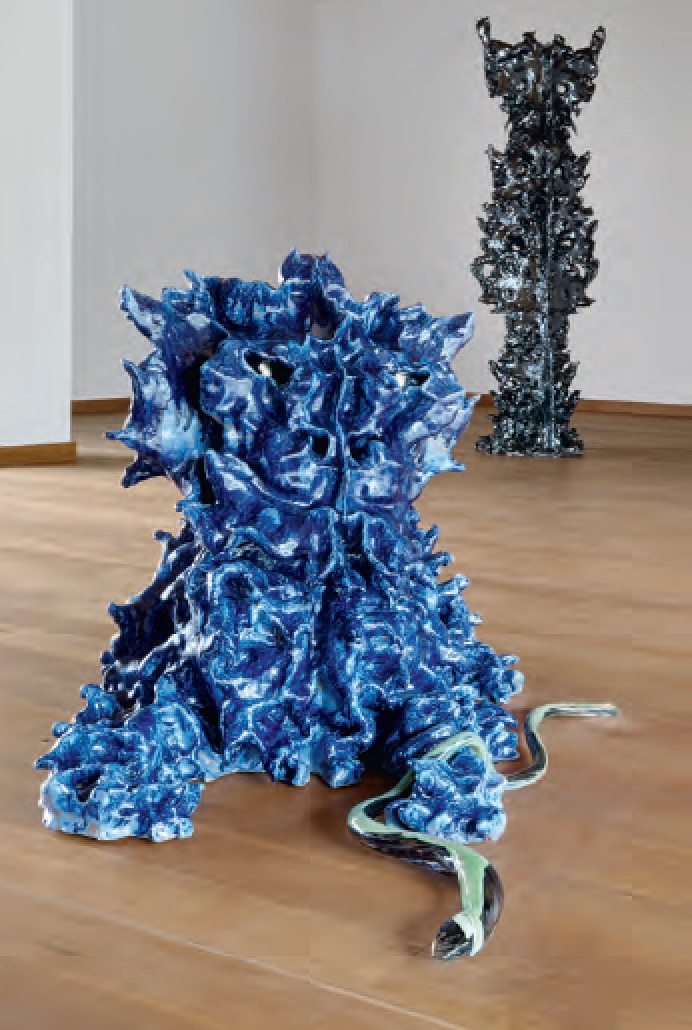
Who are you and what’s your relationship to clay and ceramics? I am a sculptor based in Düsseldorf, Germany and I have studied at the Kunstakademie Düsseldorf with Jannis Kounellis (a doyen of Italy’s Arte Povera movement) from 1993-1998. After having a professorship for more than 3 Years at Akademie der Bildenden Künste München, I am now professor for 'Fine Art Ceramic' at the IKKG, University of Applied Science Koblenz, Germany, a unique place for artists to work with glass and clay.
Why do you think there’s an increased interest around clay and ceramics right now? It was overdue I think. There is no artwork without any material, no matter how conceptual it is. In the end the body is the first and last 'material' for a work. We need material to understand ourselves. Clay was among the first that we used directly in relation to our body. One will always return to a material that has given houses, vessels and sculptures for such a long period of time, especially in a digital age.
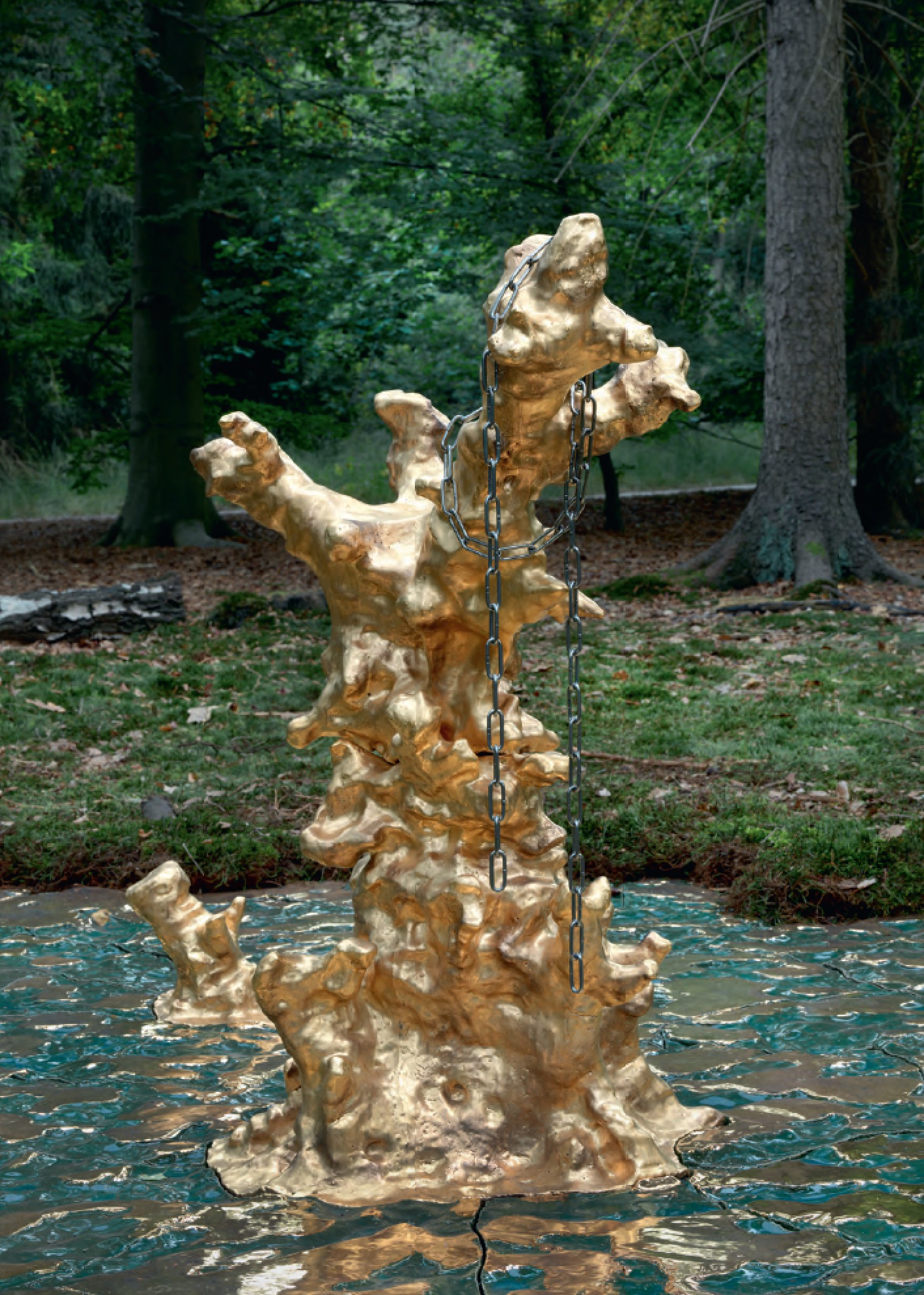
Ceramics is sometimes regarded as decorative, rather than fine arts. Does the distinction bother or annoy you? It is a big misunderstanding. Ceramics is associated with small things, but most things in the world, made from ceramics and clay/loam are big things like buildings. The source itself is monumental. Clay is like a ground mountain in your hand, ground over thousands of years. It is a very powerful material.
Whose work in this field do you admire? I like the works from Paul Gauguin, Lucio Fontana, Asger Jorn, Rosemarie Trockel, Thomas Schütte, Richard Deacon, Heinz Breloh, Norbert Prangenberg among others. I admire the works of the prehistoric people for their direct approach, Clement Massier for his psychedelic lustre glazes, Marien Schouten for his green room (Groene Kamer).
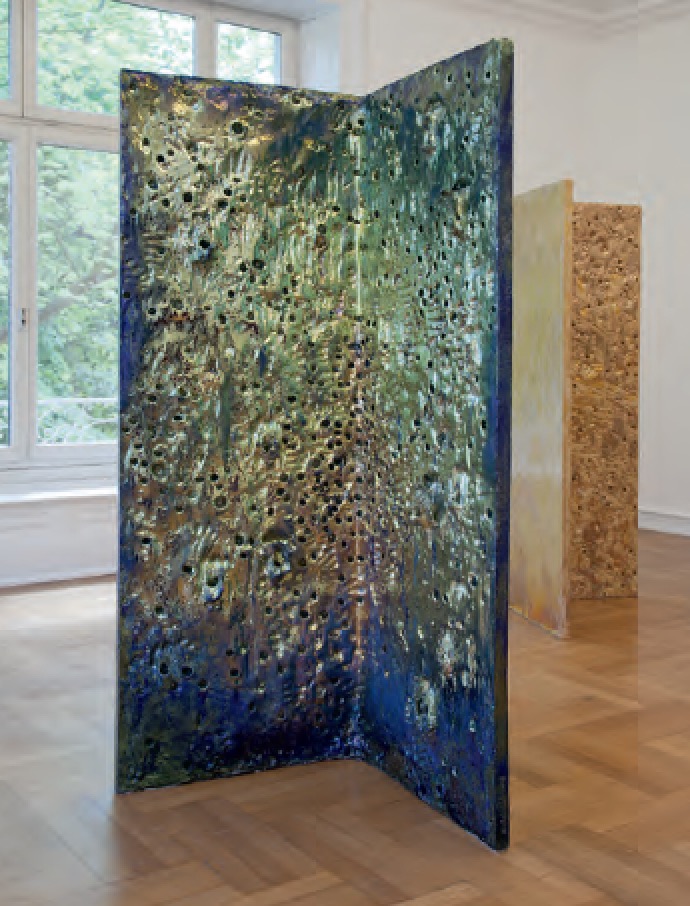
What are the hardest things for you to get ‘right’ and what are your unique challenges? Clay forces you to take time and be patient, a contrary movement to our time and our daily life. That’s challenging, especially if you have family. It needs your full attention and devotion. Clay makes no compromises.
What part does the vulnerability of the material play in things? An attraction. Apart from being vulnerable, nothing lasts longer in the deep sea than porcelain. The clay’s flesh-like-consistence guided Fontana to his 'Tagli' works. So if you want, it is as vulnerable and strong as we are.
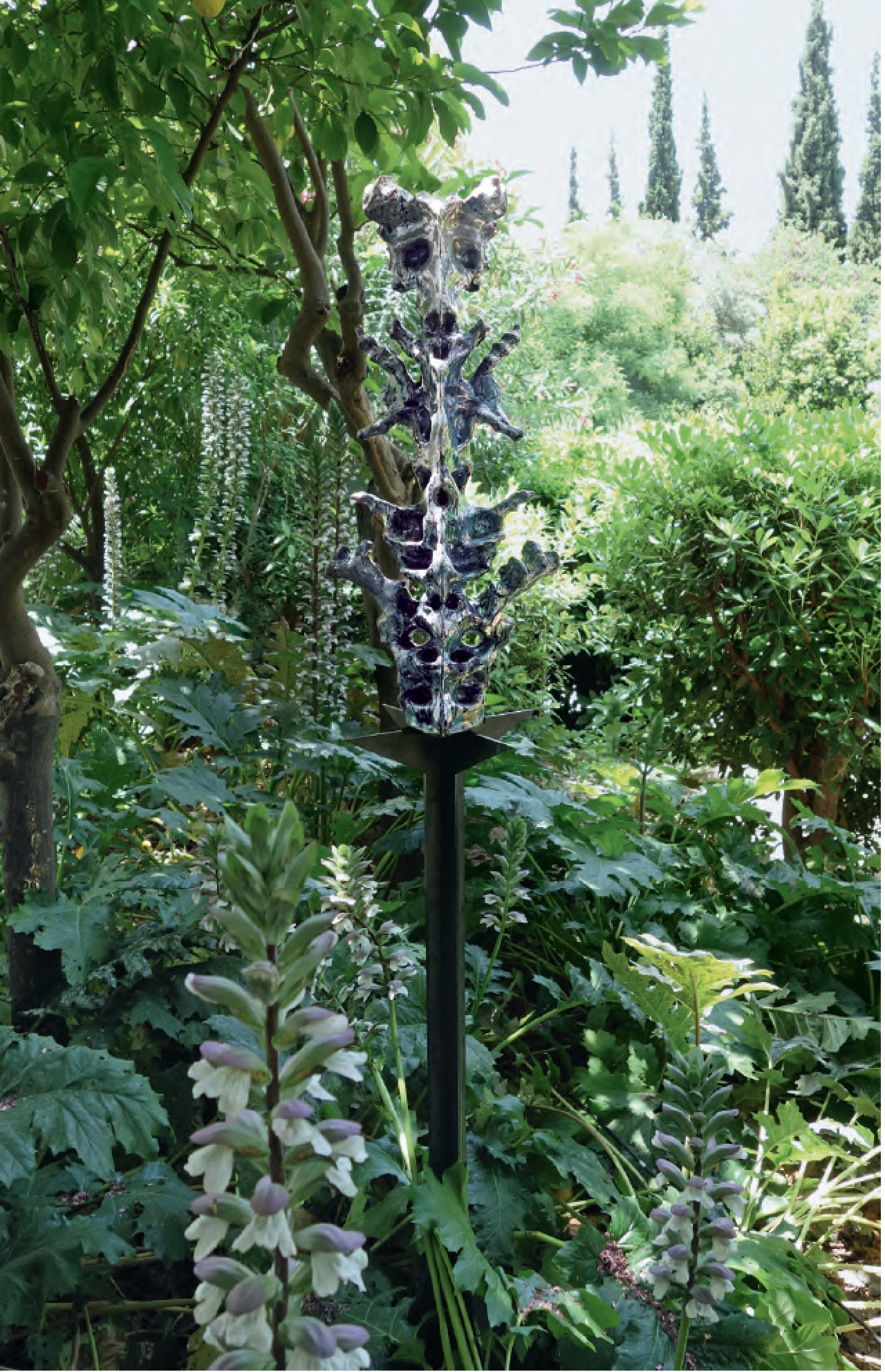
Is how you display a piece an important element of the work itself? Do you ever suggest how something might be displayed? The right relationship between the space, the sculptures and the visitor has to be found. So every exhibition comes with a new juxtaposition of the works. With the collector we look for the right setting as well.
What’s next for you, and what’s next for ceramics? I am working on animals and crystal glazes. Amazingly we can let crystals grow in the hot melted glaze, great stuff.
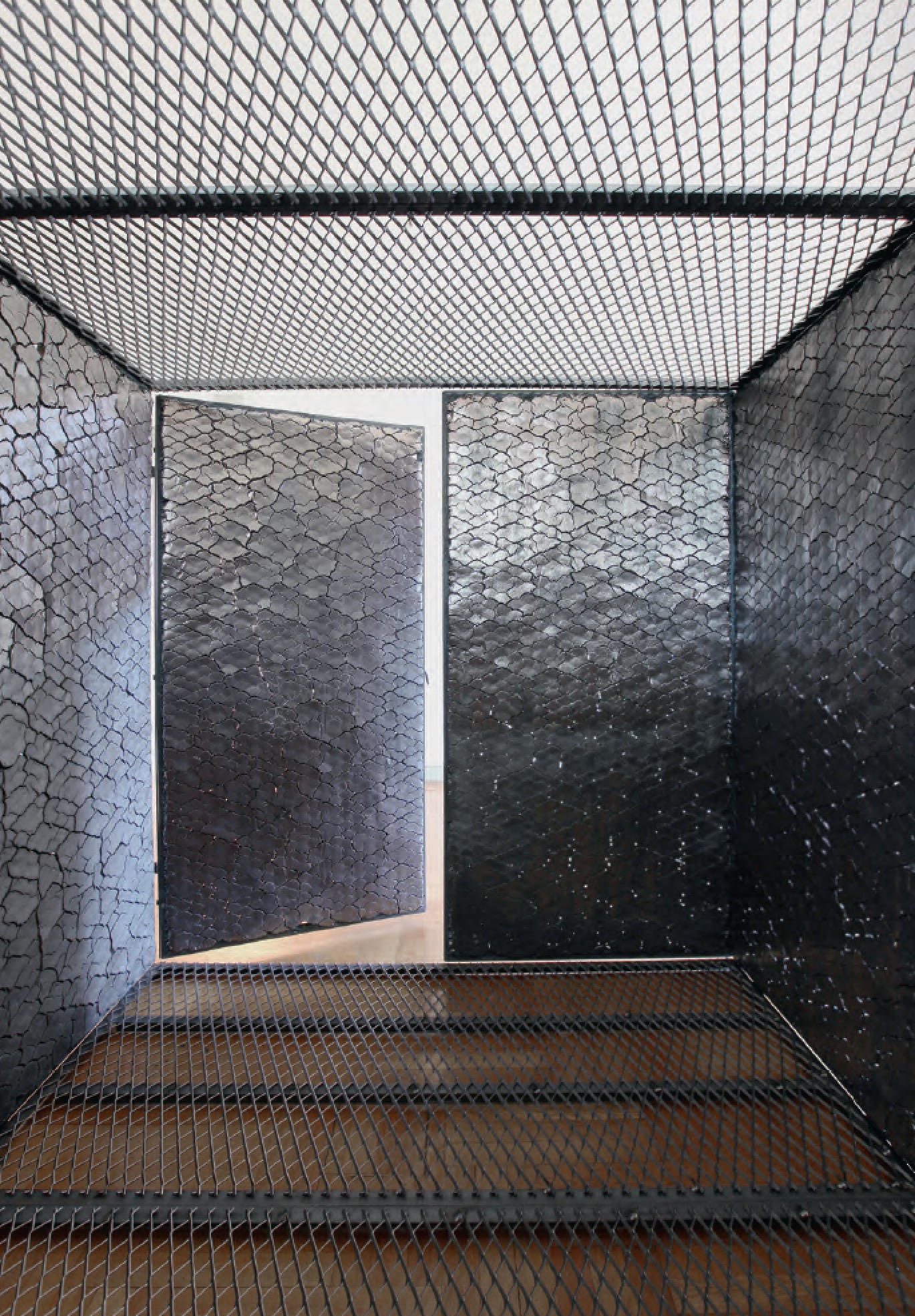
Clay and ceramics have in recent years been elevated from craft to high art material, with the resulting artworks being coveted by collectors and exhibited in museums around the world. Vitamin C: Clay and Ceramic in Contemporary Art celebrates the revival of clay as a material for contemporary artists, featuring a wide range of global talent selected by the world's leading curators, critics, and art professionals. Packed with illustrations, it's a vibrant and incredibly timely survey - the first of its kind. Buy Vitamin C here. And if you're quick, you can snap up work by artists in it at Artspace.
